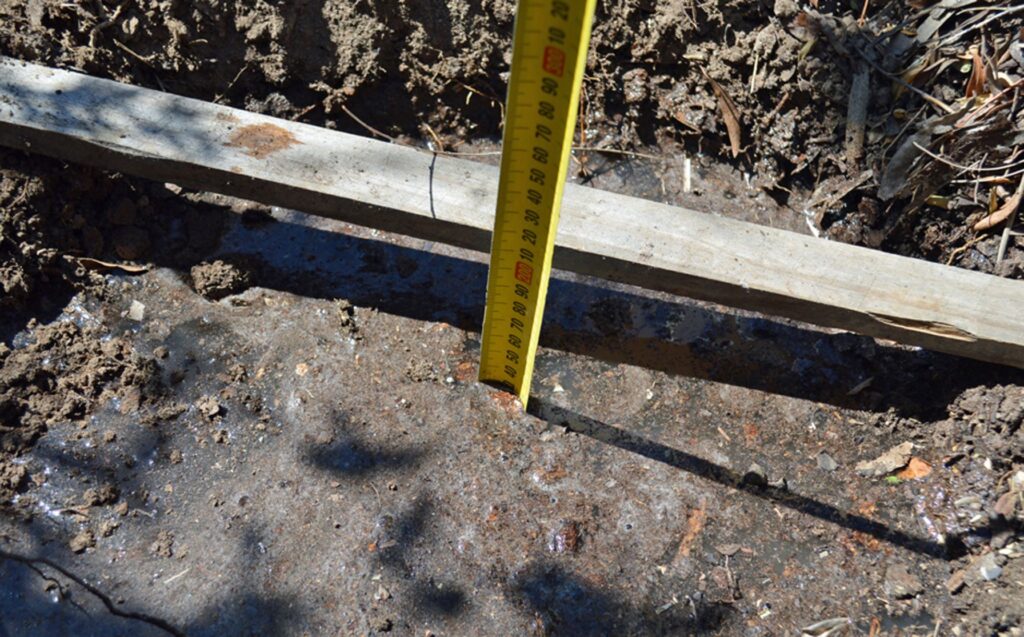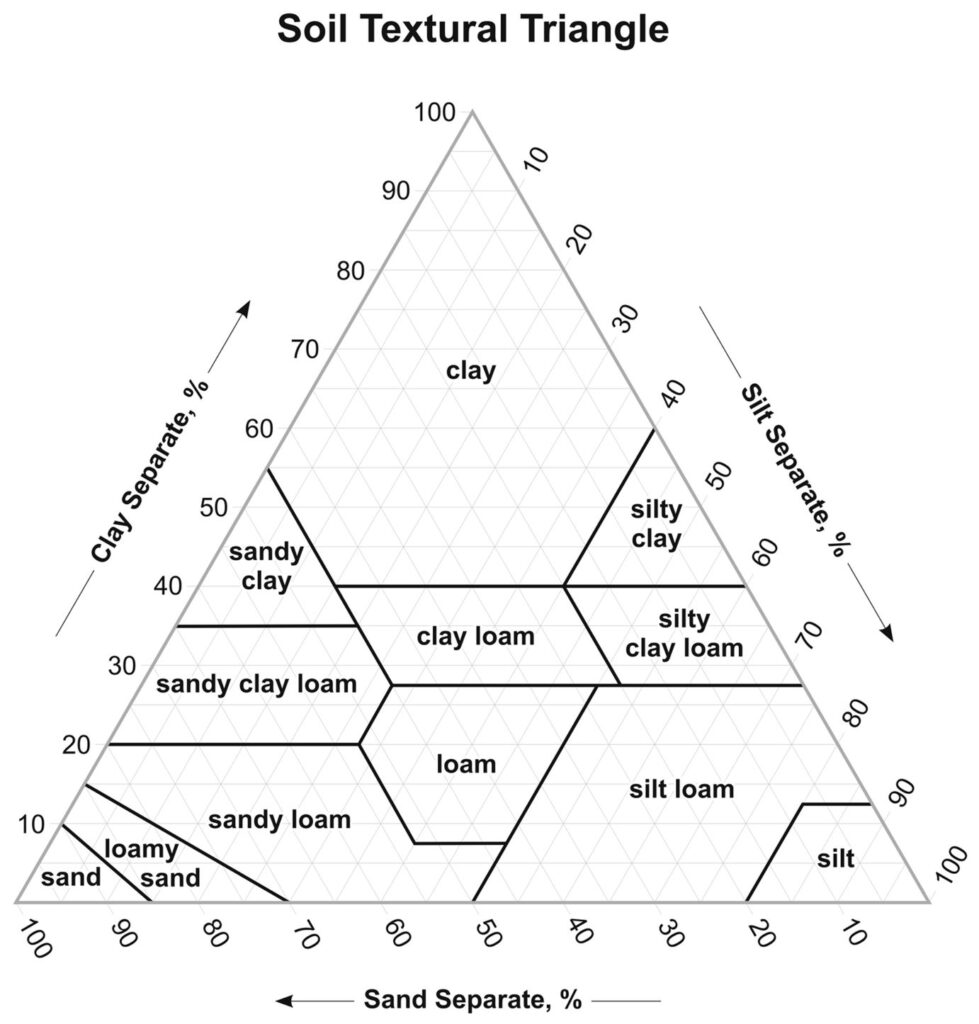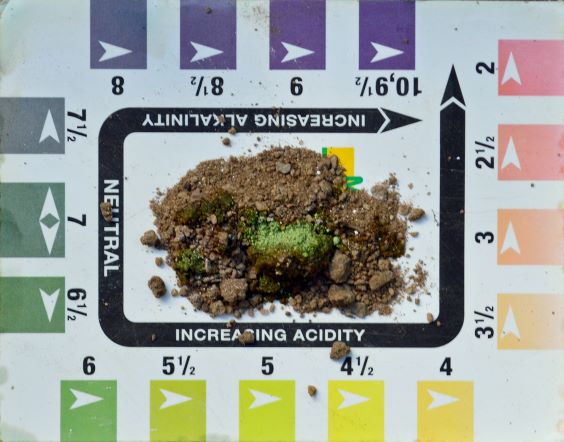Quite simply, without quality soil there isn’t a garden. So, before starting a garden or re-vamping an existing one, check soils for drainage, texture and pH.
Soil percolation test

For healthy plant growth, garden soils need to retain optimum moisture without becoming waterlogged. You can check soil drainage by carrying out a simple percolation test.
Dig several holes of the same size in the area to be assessed, which are at least 30cm by 30cm. The sides need to be straight up and down, as opposed to angled. Fill the holes with water, leaving them to drain overnight and saturate the surrounding soil. Re-fill the holes the following day and measure the depth with a tape measure. To ensure accurate measurements, you will need a straight edge over the top of the hole, such as a ruler or garden stake. Continue measuring the water level each hour until it is empty. To work out the average drainage rate, divide the volume of water drained by the number of hours taken.
In an ideal world, you want water to drain at a rate of around 50mm per hour. A little faster or slower than this is acceptable, otherwise you will need to improve soil drainage through measures such as incorporating organic matter, adding gypsum, raising bed heights or installing sub-surface drainage.
Soil texture jar test

A soil texture jar test helps determine the relevant percentages of sand, silt and clay in your soil, as well as indicate its potential strengths and weaknesses. For example, a heavy clay soil can be prone to compaction and waterlogging.
To carry out the test, remove the organic layer from the soil’s surface, collecting a sample of soil from a minimum of 10cm down. Lay the soil onto a sheet of paper, removing any rocks and organic matter. Crush any lumps. Fill a straight-sided jar with one quarter of the soil sample, and three quarters of water. Add a few drops of detergent, which will help the sample to settle. Shake the jar thoroughly then observe what happens over 1 to 2 days.
The sand component is the coarsest and will be the first to settle at the bottom of the jar. Following that will be the silt layer, which is smooth in appearance. Last will be the clay layer at the top, which is dense in appearance.
To calculate the percentages and identify your soil type using the United States Department of Agriculture (USDA) soil textural triangle, divide the depth of each layer of soil by the total soil depth in the jar, and multiply by 100. The ideal soil profile for most garden applications is 50% sand, 40% silt and 10% clay.

Soil pH test
Soil pH indicates the relative acidity and alkalinity of a soil and affects the availability of nutrients to plants. Different plants require different soil pH levels for healthy growth and fruiting. Soil pH can be adjusted using products such as garden lime or sulphur.
Short of sending soil samples off to a laboratory for analysis, testing your soil with a Manutec soil pH kit is one of the most accurate and economical ways of gauging soil pH. Simply take multiple samples from the area you want tested, add indicator liquid and powder provided, and compare the colour your sample turns to that on the pH value card.
For more:








